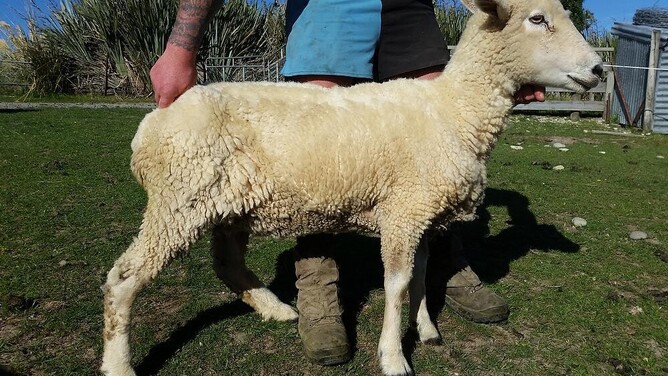Vet Emily looks at ways to reduce the threat of this chronic wasting disease.
Johne's disease is an important cause of ewe wastage on sheep farms. It is a bacterial disease of domestic ruminant species, caused by Mycobacterium avium subsp. paratuberculosis. In sheep, it results in a chronic wasting disease.
How does it spread?
Sheep are generally infected at a young age by the faecal-oral route by sucking on contaminated teats.
While a large number of young animals may be exposed in this way, many will go on to clear the organism. Others will go on to become 'healthy' ewes that will intermittently shed the virus. These are known as subclinical carriers.
In subclinical carriers, the organism localises in the small intestine and forms lesions. Over time, these lesions extend through the gastrointestinal tract, causing inflammation and enlargement of the lymph nodes.
In some cases, the ewe will continue to appear healthy. In others, the disease will progress and these carriers will show clinical disease. This most often happens over two years of age.
Clinical signs
Gastrointestinal inflammation causes poor absorption of nutrients, leading to the development of clinical signs over 2-4 weeks. These clinical signs can include:
Significant weight loss
Good appetite
Swelling under the jaw
Lethargy
Diarrhoea is rarely seen in sheep
Death
Most cases are seen over winter, likely owing to the stresses of pregnancy, cold weather and poor nutrition.
Disease control
Johne's is a difficult disease to control for a number of reasons:
The bacteria can survive in the environment for a long time
The bacteria has a long incubation period in the sheep
Most affected animals do not show any signs of the disease
Infection spreads before it is detected
Healthy sheep can shed the organism
Losses are minor until the infection is well established
Currently available diagnostic tests have poor sensitivity, especially if the sheep is not showing any clinical signs.
Most control programmes reduce the level of the disease rather than eradicate it. Control measures include:
Identifying and eliminating affected animals
Reducing levels of exposure to the bacteria in areas where faecal contamination is heavy
Ensuring good animal health and nutrition through the year
Minimising pasture contamination
Avoiding high stocking rates
Regularly spelling paddocks through summer
Vaccinating to help reduce the prevalence of clinical disease.

